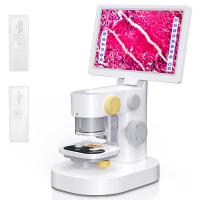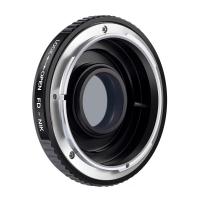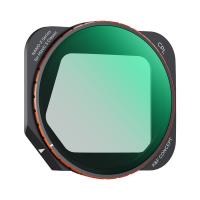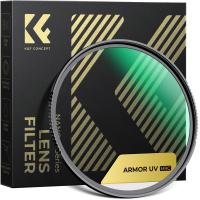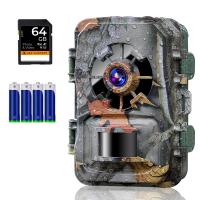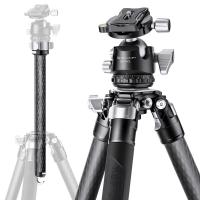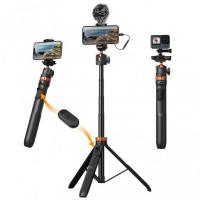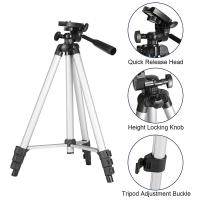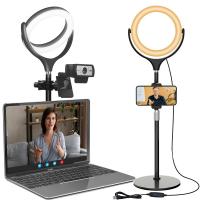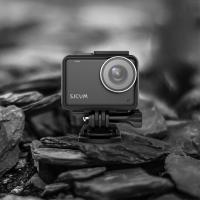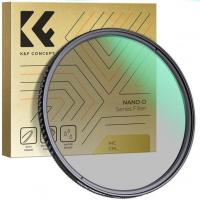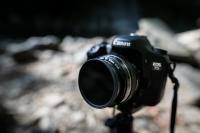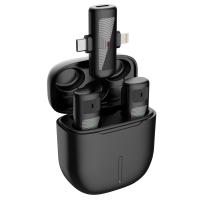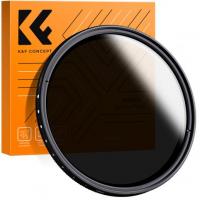How To Choose A Camera Filter?
Choosing the right camera filter can significantly enhance your photography, allowing you to capture images with greater clarity, contrast, and creativity. However, with the myriad of options available, it can be overwhelming to decide which filter is best suited for your needs. This article aims to demystify the process of selecting a camera filter by breaking down the different types, their uses, and the factors to consider when making your choice.
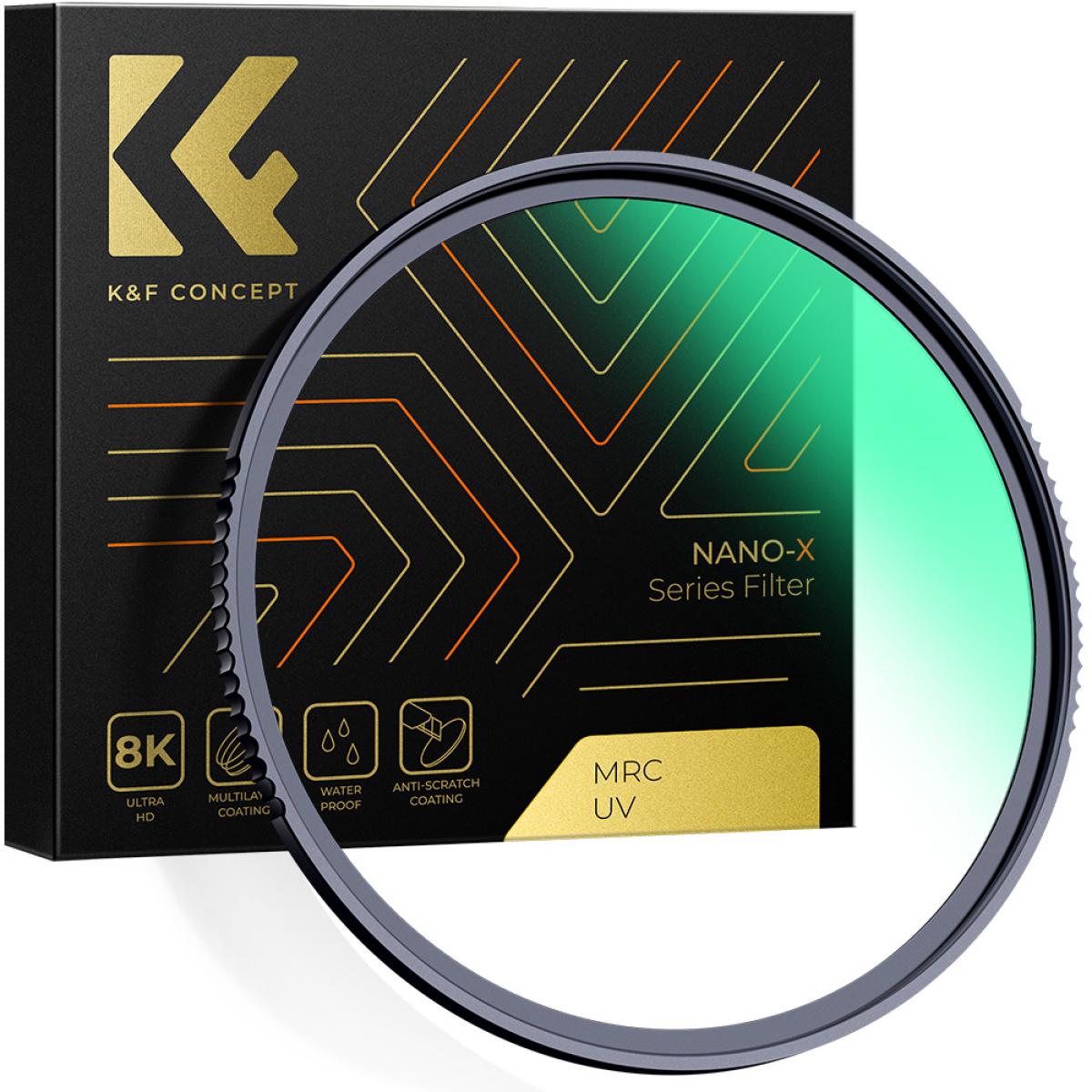
Understanding Camera Filters
Camera filters are accessories that photographers attach to the front of their lenses to achieve various effects. They can alter the light entering the lens, protect the lens, or enhance certain aspects of the image. The most common types of camera filters include UV filters, polarizing filters, neutral density (ND) filters, graduated ND filters, and color filters.
Types of Camera Filters and Their Uses
1. UV Filters
- Purpose: Primarily used to protect the lens from dust, scratches, and moisture. They also reduce the haze caused by ultraviolet light.
- Best For: General protection and outdoor photography.
2. Polarizing Filters
- Purpose: Reduce reflections from non-metallic surfaces like water and glass, enhance colors, and increase contrast.
- Best For: Landscape photography, especially when shooting water bodies, foliage, and skies.
3. Neutral Density (ND) Filters
- Purpose: Reduce the amount of light entering the lens, allowing for longer exposure times or wider apertures without overexposing the image.
- Best For: Long exposure photography, such as capturing waterfalls, rivers, and motion blur in daylight.
4. Graduated ND Filters
- Purpose: Similar to ND filters but with a gradient that transitions from dark to clear. They balance the exposure between the sky and the ground.
- Best For: Landscape photography, particularly when dealing with high-contrast scenes.
5. Color Filters
- Purpose: Enhance or alter the colors in an image. They can be used to correct color balance or create artistic effects.
- Best For: Black and white photography (to adjust contrast) and creative color effects in digital photography.
Factors to Consider When Choosing a Camera Filter
1. Filter Size
- Ensure the filter matches the diameter of your lens. This information is usually found on the lens itself or in the lens manual.
2. Filter Quality
- Opt for high-quality filters made from optical glass to avoid degrading the image quality. Cheap filters can introduce unwanted artifacts and reduce sharpness.
3. Coatings
- Look for filters with multi-coating to reduce reflections, flare, and ghosting. Coated filters also tend to be more durable and easier to clean.
4. Type of Photography
- Consider the type of photography you do most often. For instance, landscape photographers might prioritize polarizing and graduated ND filters, while portrait photographers might focus on UV and color filters.
5. Budget
- While it's tempting to go for the cheapest option, investing in a good quality filter can make a significant difference in your photography. Balance your budget with the need for quality and durability.
Practical Tips for Using Camera Filters
1. Stacking Filters
- While it’s possible to stack multiple filters, be cautious as this can introduce vignetting (darkening of the corners) and reduce image quality. Use filter holders designed for stacking if necessary.
2. Cleaning and Maintenance
- Keep your filters clean to maintain image quality. Use a microfiber cloth and lens cleaning solution. Store filters in protective cases when not in use.
3. Experimentation
- Don’t be afraid to experiment with different filters to see how they affect your images. This can be a great way to learn and discover new creative possibilities.
4. Using ND Filters
- When using ND filters for long exposures, use a tripod to avoid camera shake. Also, consider using a remote shutter release or the camera’s timer function to minimize vibrations.
5. Polarizing Filters
- Rotate the polarizing filter to see the effect it has on reflections and colors. The effect is most noticeable at a 90-degree angle to the sun.
Choosing the right camera filter involves understanding the different types available and their specific uses. By considering factors such as filter size, quality, coatings, and your photography style, you can make an informed decision that enhances your photographic capabilities. Remember, the right filter can transform an ordinary shot into an extraordinary one, so take the time to choose wisely and experiment with different options to find what works best for you. Happy shooting!


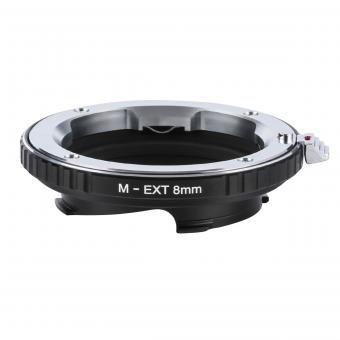

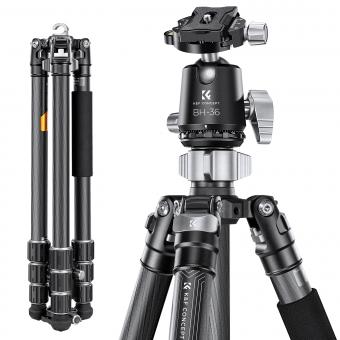
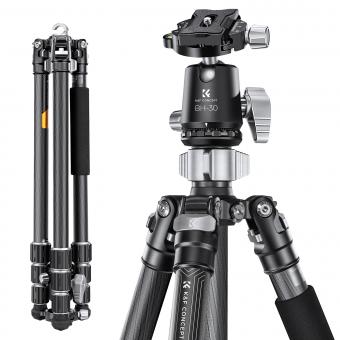
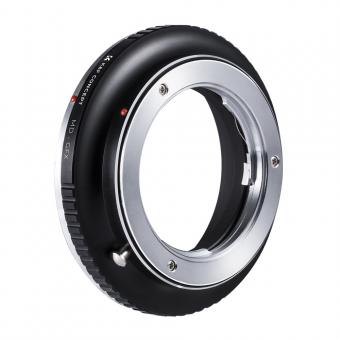
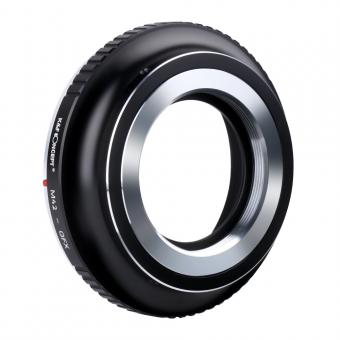
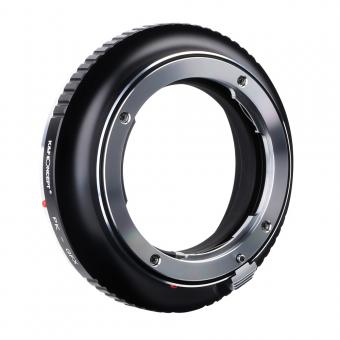

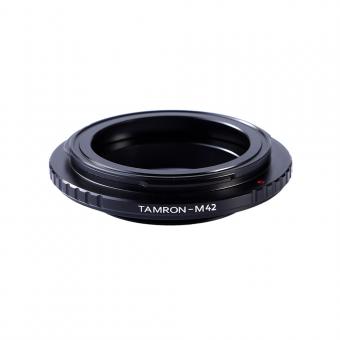


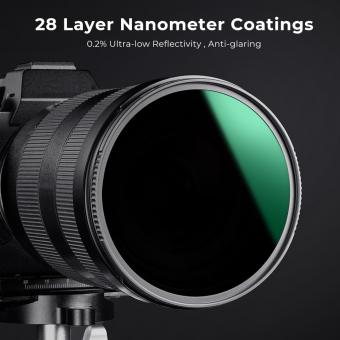
-340x340.jpg)






